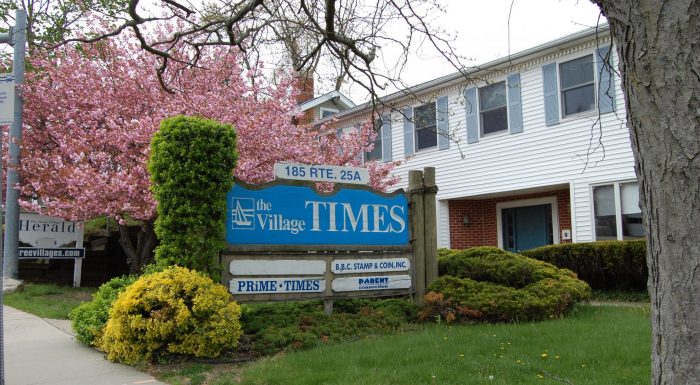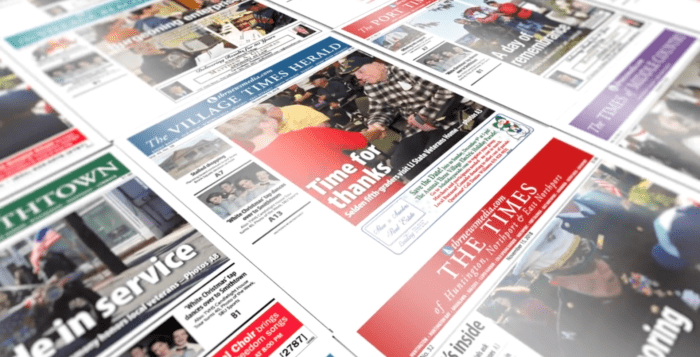“Never be afraid to raise your voice for honesty and truth and compassion against injustice and lying and greed.” — William Faulkner
The founding of this nation would have been impossible without letters to the press.
In 1776, Thomas Paine had captured the spirit of his times and wrote the most influential pamphlet of the American Revolution, “Common Sense.” Paine was not writing to the powers that be. Rather, he addressed his essay “to the inhabitants of America.”
The Revolution was fought and won because ordinary Americans — people like Paine — had ideas they believed were worth reading. They wrote down their grievances of British rule and shared them with their countrymen. Through these revolutionary writings, a common folk resurrected an ancient principle: unearthing democracy from the ashes of antiquity.
So what happened? Why have we lost touch with this uniquely American tradition?
In this Information Age, we find that access to information has become, paradoxically, severely limited. With the introduction of the internet, we were sold the hope that new technologies would educate the masses, that instant messaging and social media would create a wider forum for democratic participation. While this has happened, our era also is marked by censorship and misinformation.
Americans no longer trust their institutions. Everywhere we look, we find politicians who disregard our interests and tech executives who monitor and monetize our activity online. Globally, powerful interests invest billions every year to restrict access to information and keep the people in the dark. Our technologies have become the instruments of autocrats, used to subvert democracy rather than promote it.
To the readers of TBR News Media and the people throughout this community, do not put your faith in tech moguls to represent you fairly. Regular people are left not knowing what to believe and what are the facts. This is why letters to the editor in newspapers are so crucial.
Democracy depends on ordinary Americans speaking truth to power. We must remember the example of Paine and be unafraid to let our opinions be heard. We must present our own unique ideas to our fellow Americans, reopening the robust political exchanges of the past. The staff of TBR News Media welcomes letters. Write to us because our democracy requires it.








